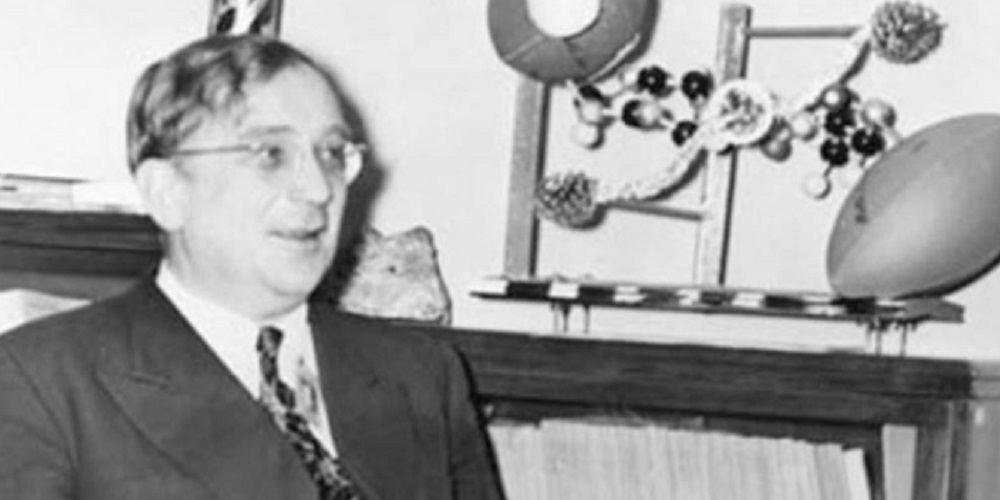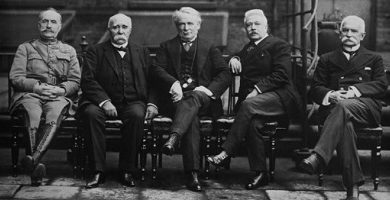What is the Big Bang Theory?
We explain what the Big Bang Theory is, how it originated and its scientific importance. In addition, the scientists who made it possible.
-
What is the Big Bang Theory?
The Big Bang Theory or Theory of the Big Bang is the cosmological model most widely accepted in scientific news, that is, the most accepted explanation of the origin of the Universe today. Its name, “big bang”, means “big bang” in English.
Its name comes from the explanation it proposes of the beginning of all things: an original state of very high density and temperature, concentrated at a minimum point. Its enormous interior forces caused a gigantic explosion that gave rise to the universe , time and space (or space-time, as proposed by contemporary physics ).
According to the Big Bang Theory, the universe is in a constant expansion , as evidenced by numerous astronomical observations, which present evidence of the initial explosion that would have launched it, some 13.8 billion years ago.
The expansion meant a necessary cooling of the universe. In this way it was possible the origin of the matter that later became more complex until everything that exists exists: first clouds of hot gas, then stars and finally planets and asteroids.
The universe went through different stages of cooling and expansion, with important phase changes, which allow to project different future scenarios. On the one hand, some scientists propose that the expansion will slow down over time and give rise to compaction, as gravitational attraction is imposed in a “Big Crunch” or large implosion.
Other possibilities point to the universe continuing to move away and cool, until the distances are so great that the gravitational force is lost and new stars cannot be created.
The Big Bang Theory is a consequence of astronomical observations made throughout the twentieth century, in which it became clear that, judging by the composition of outer space and the characteristics of the light emitted by the farthest stars, the Universe is in a process of expansion, that is, things are moving away as more and more space is created.
To arrive at this conclusion, the postulation of Einstein’s Theory of Relativity , as well as the studies by Alexander Friedman in 1922 and Georges Lamaître in 1927, and the observations of Edwin Hubble in 1948 were key.
In 1948 the idea arose that the expansive movement was a consequence of a gigantic original explosion. Only in 1965 were the first evidences that point to the veracity of this assumption detected.
-
Importance of the Big Bang Theory
Cosmological models are intrinsic to human culture, since we need to give ourselves an explanation regarding the origin of things. From these explanations we can also infer possible conclusions regarding the destiny of the Universe and that of our existence.
In that sense, the Big Bang Theory seems to be the most successful and the one that has given the best results in the history of science, judging by the evidence obtained from the inspection of outer space. In addition, other revolutionary modern theories converge , such as the works of Einstein and other later scientists.
-
Authors of the Big Bang Theory

The Big Bang Theory is the product of the historical contribution of numerous scientists , rather than a single exponent. Curiously, the name with which it is known comes from the mind of one of its most bitter detractors, the British Fred Hoyle (1945-2001), who was instead a defender of the Model of the Stationary Universe.
The Ukrainian physicist George Gamow first enunciated it in 1948 , as the possibility that a great explosion was behind the expansion of the Universe. However, the Belgian priest Georges Lamaître, had previously proposed, from the observation of certain nebulas, that the universe was born from the expansion of a type of primal atom .
The closest thing to a Big Bang scientific check took place in 1965, when the Cosmic Microwave Background (CMB) was predicted and then detected by a group of scientists using modern technology .
The predictions that the Big Bang Model assumed regarding the black body and the anisotrophies in the cosmic microwave background were checked at that time with a surprising margin of precision.





